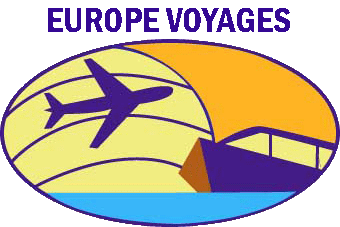Discovering the Lemurs
Day 1: Antananarivo – Andasibe
- Distance: 160 km
- Description: Andasibe is a key destination for the conservation and promotion of Madagascar’s natural treasures. It is one of the island’s most visited sites, offering a unique experience through its many attractions that showcase the beauty and uniqueness of the region. For nature lovers, Andasibe is a true paradise, where a single visit provides an abundance of information about the local wildlife, plant species, and cultural heritage. These elements make Andasibe a place of immeasurable value.
- Activity: Night visit
- Lodging: Hôtel Feon’ny Ala (half-board)
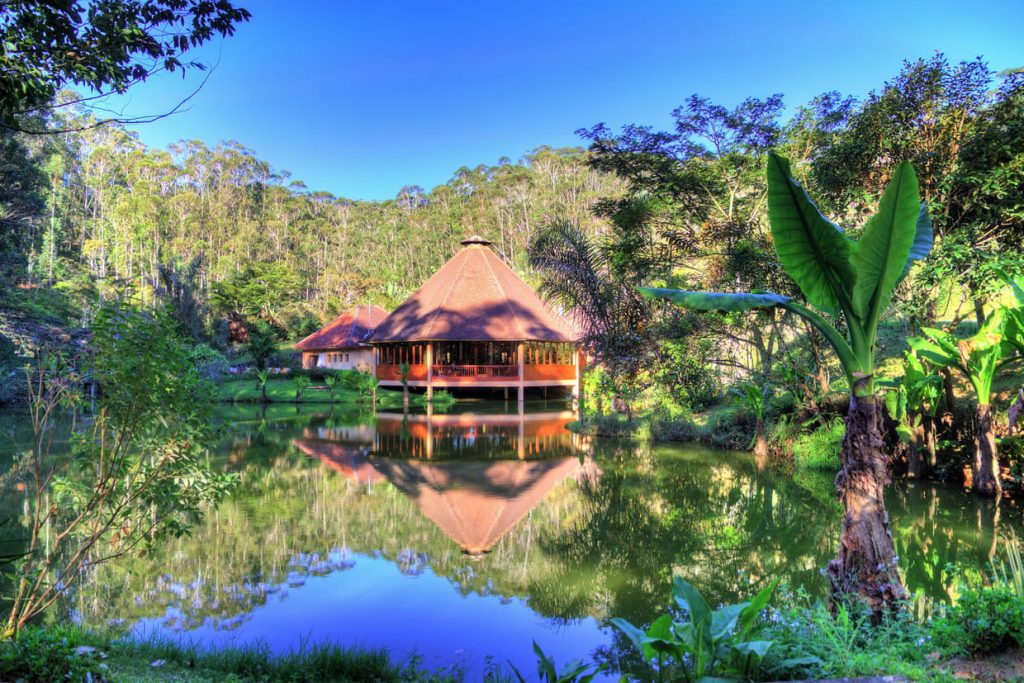
Day 2: Andasibe
- Description: Venture deep into the forest and discover an exceptional natural environment. Whether by day or night, you will likely encounter lemurs perched high in the trees, ready to greet you. The Andasibe-Mantadia National Park is renowned for its colonies of Indri-Indri, known for their powerful calls and impressive size.
- Activities: A 4-hour walk on the Analamazaotra trail in the morning, followed by a visit to the Vakona Reserve in the afternoon.
- Lodging: Hôtel Feon’ny Ala (half-board)
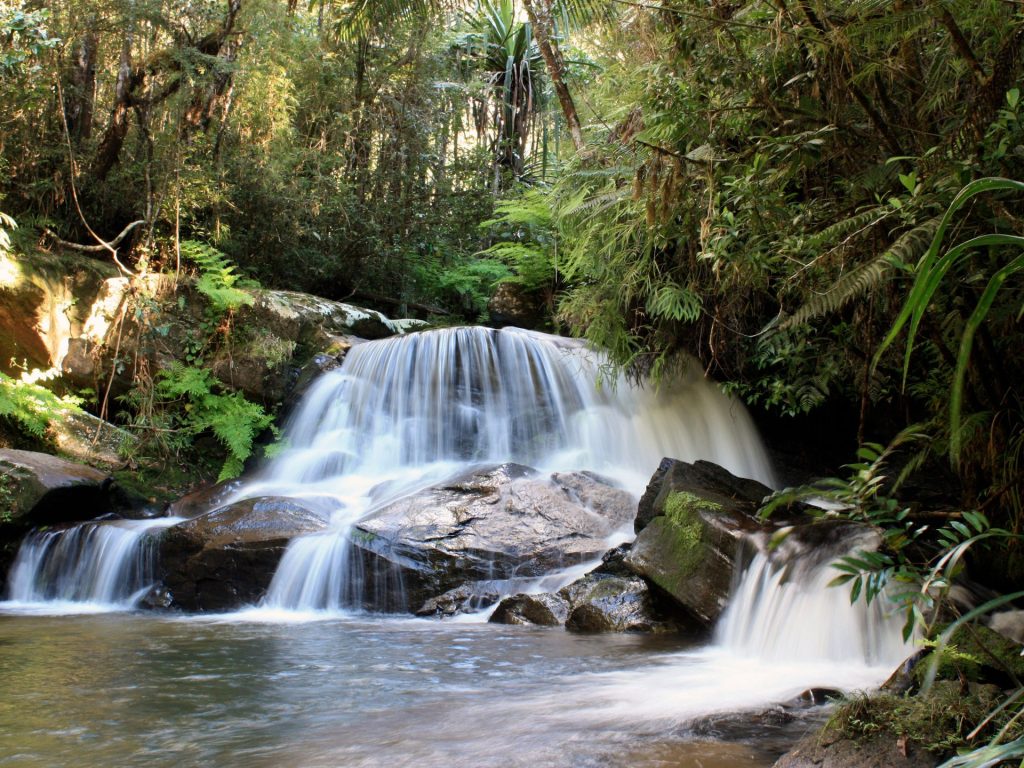
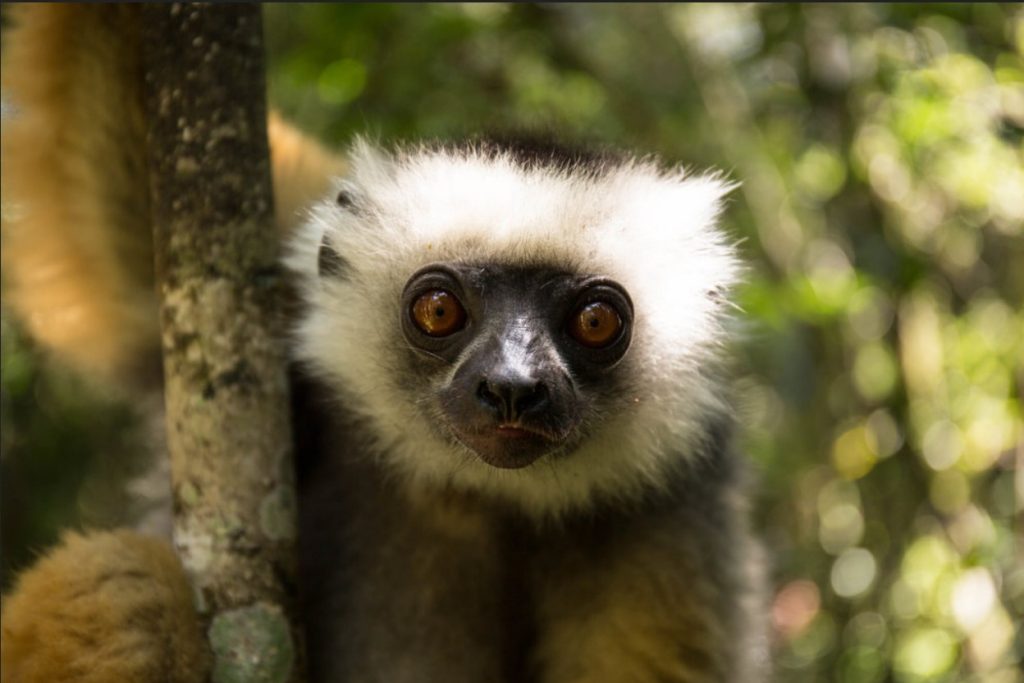
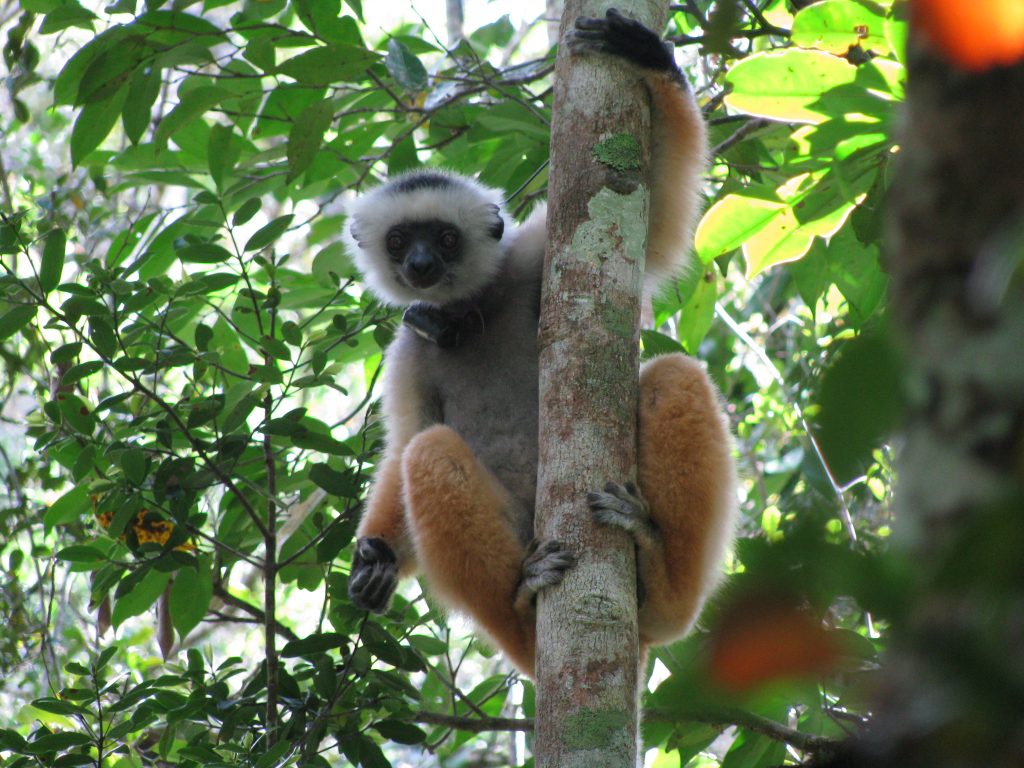
Day 3: Andasibe – Antsirabe
- Distance: 310 km
- Description: Antsirabe, meaning “the place where there is a lot of salt,” owes its name to the mineral richness of its soil and waters. This renowned thermal spa town is set in a spectacular volcanic landscape. Also known as the “City of Water,” it is famous for its therapeutic hot springs. Surrounded by three lakes—Tritriva, Andranomafana, and Andraikiba—Antsirabe boasts a rich history and remnants of its past. The city also reflects its colonial influence through its architecture. Antsirabe offers a variety of activities to enjoy with family or friends.
- Activities: City tour / Visit to the lakes
- Lodging: Le Trianon (half-board)
Day 4: Antsirabe – Ranomafana
- Distance: 229 km
- Description: Ranomafana is a unique destination in southeastern Madagascar, renowned for its exceptional national park, rich biodiversity, and diverse ecosystem. The name “Ranomafana” means “hot water” in Malagasy, a reference to the thermal springs that once attracted visitors for their healing properties. Today, Ranomafana National Park is a prime location for nature lovers and ecotourism enthusiasts. This UNESCO World Heritage site is a dense tropical rainforest, home to lush vegetation and a wide array of wildlife. The forest shelters many endemic species, including several types of lemurs such as the golden bamboo lemur and the ring-tailed lemur, as well as vibrantly colored amphibians and rare bird species.
- Lodging: Karibotel Ranomafana (half-board)
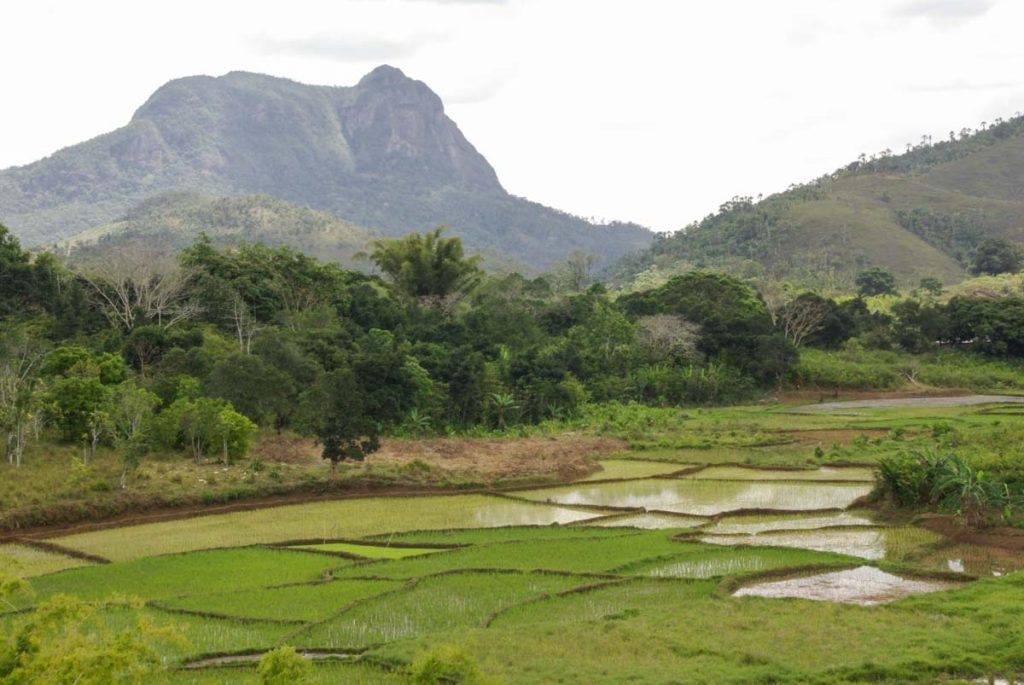
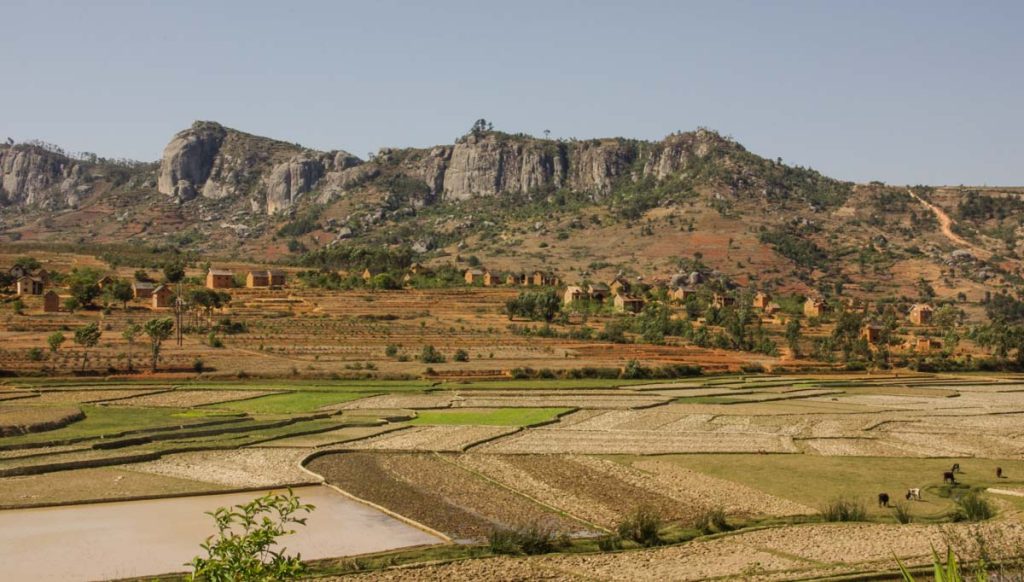
Day 5: Ranomafana – Ambalavao
- Distance: 120 km
- Description: Ambalavao is a charming town in south-central Madagascar, renowned for its artisanal craftsmanship, particularly the production of Antemoro paper—an ancient art still practiced in the region. This traditional paper is made from the bark of a local tree and is often used for calligraphy and bookbinding. Visitors can experience this unique craftsmanship firsthand by visiting local workshops. Ambalavao also serves as the perfect gateway to explore the breathtaking surrounding landscapes.
- Activities: Visit Antemoro Paper workshops, hike in the Tsaranoro Valley
- Lodging: Tsarasoa Permalodge (half-board)
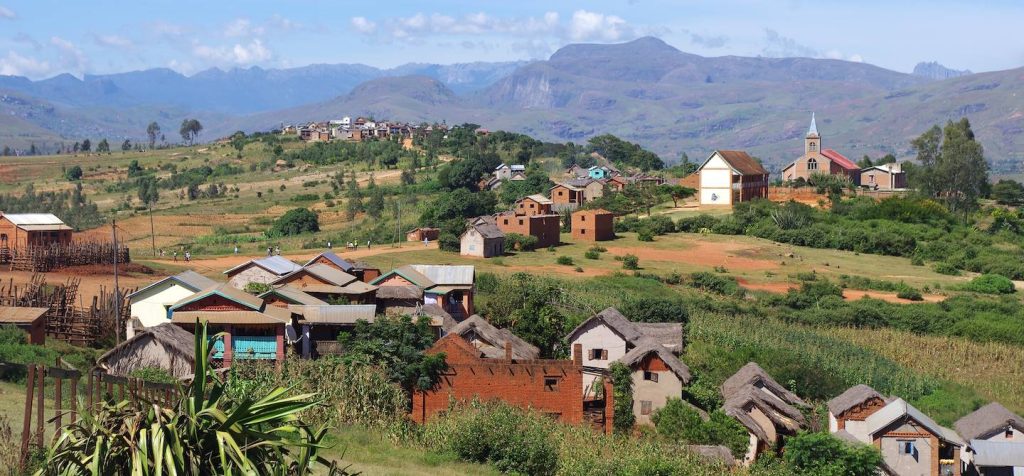
Day 6: Ambalavao via Anja – Village Camp Catta
- Distance: 15 km
- Description: Surrounded by lush green hills and crossed by the Anja River, Ambalavao is a place where tradition and nature blend harmoniously. The journey through Anja offers a chance to explore the rich biodiversity and stunning landscapes of the region.
- Activities: Hiking
- Lodging: Camp Catta, Tsaranoro Valley (half-board)

Day 7: Tsaranoro Valley
- Distance: Approximately 57 km from Ambalavao
- Description: The Tsaranoro Valley is one of the most dynamic and captivating destinations in Madagascar. It is home to a picturesque village and a majestic cliff of the same name. Originally, “Tsaranoro” referred only to the nearly 800-meter-high cliff, but over time, the name has come to encompass the surrounding valley. This is an ideal spot for hiking enthusiasts and rock climbers seeking adventure and challenges.
- Activities: Hiking and rock climbing
- Lodging: Camp Catta, Tsaranoro Valley (half-board)
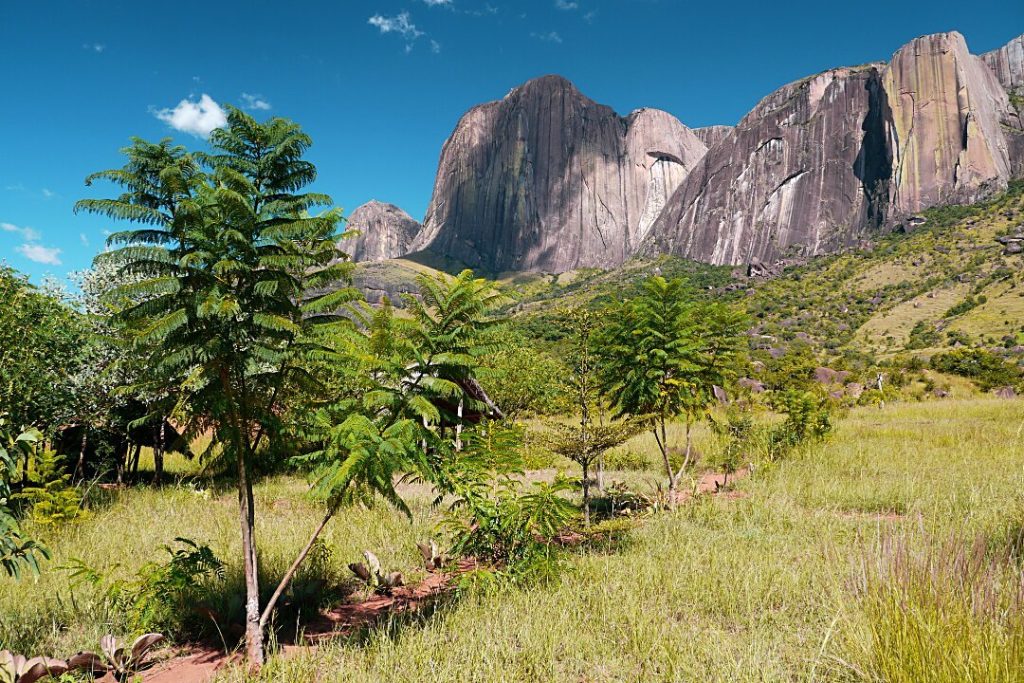
Day 8: Camp Catta – Ranohira
- Distance: 267 km
- Description: Ranohira is a small town in southern Madagascar, serving as the gateway to major hikes exploring the Isalo Massif, one of the country’s top tourist attractions. From Ranohira, visitors can access Isalo National Park and witness a breathtaking sunset through the “Window of Isalo.”
- Activities: Visit to Isalo National Park
- Lodging: Motel Isalo (half-board)
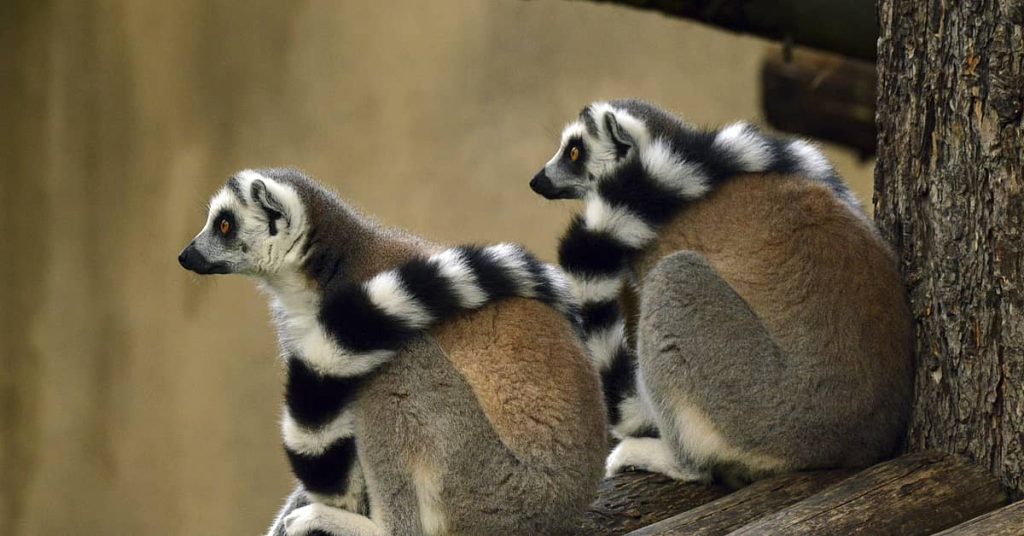
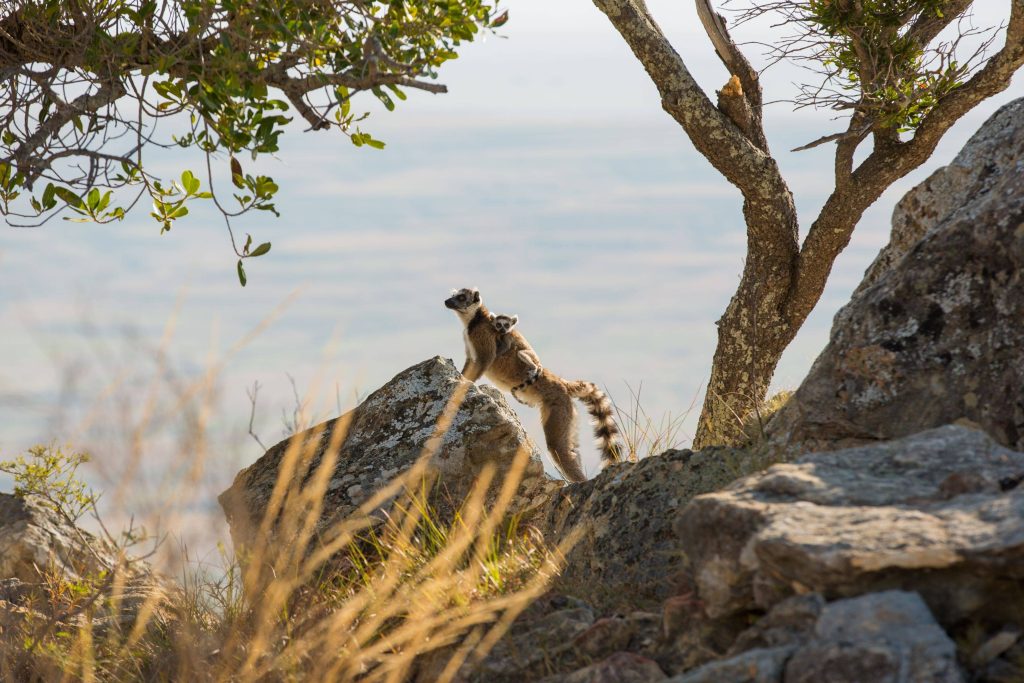
Day 9: Isalo – POOLS AND WATERFALL
- Distance: 6 km
- Description: The “Nymphs’ Pool” and its waterfall are nestled within the Namaza River gorge, also known as the “Little Jungle.” You’ll trek through deep gorges to reach the blue and black pools, climb waterfalls where rare birds, butterflies, and lizards hide, and perhaps even spot a lemur along the way! From the heights, you’ll enjoy a spectacular view of the lush canyon. The highlight of this circuit is the relaxing swim at the Nymphs’ Waterfall.
- Activities: Hiking and swimming
- Lodging: Motel Isalo (half-board)
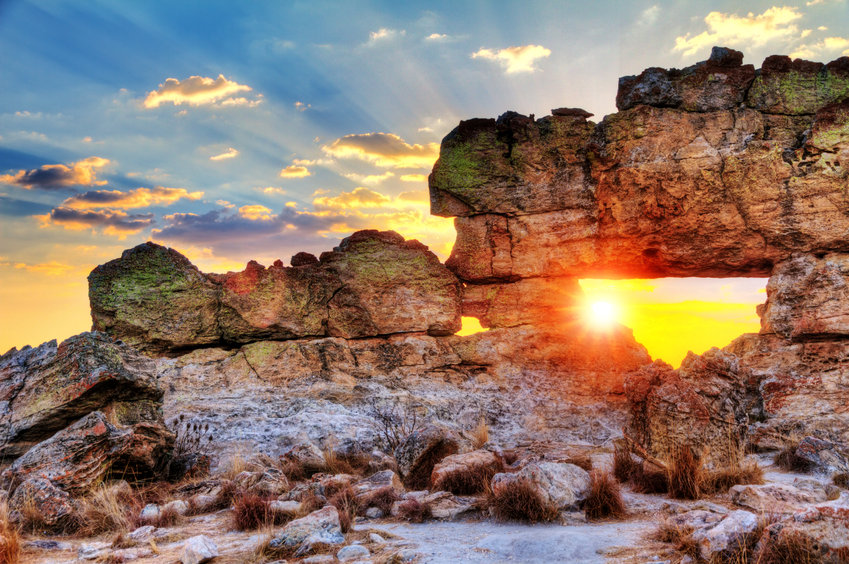
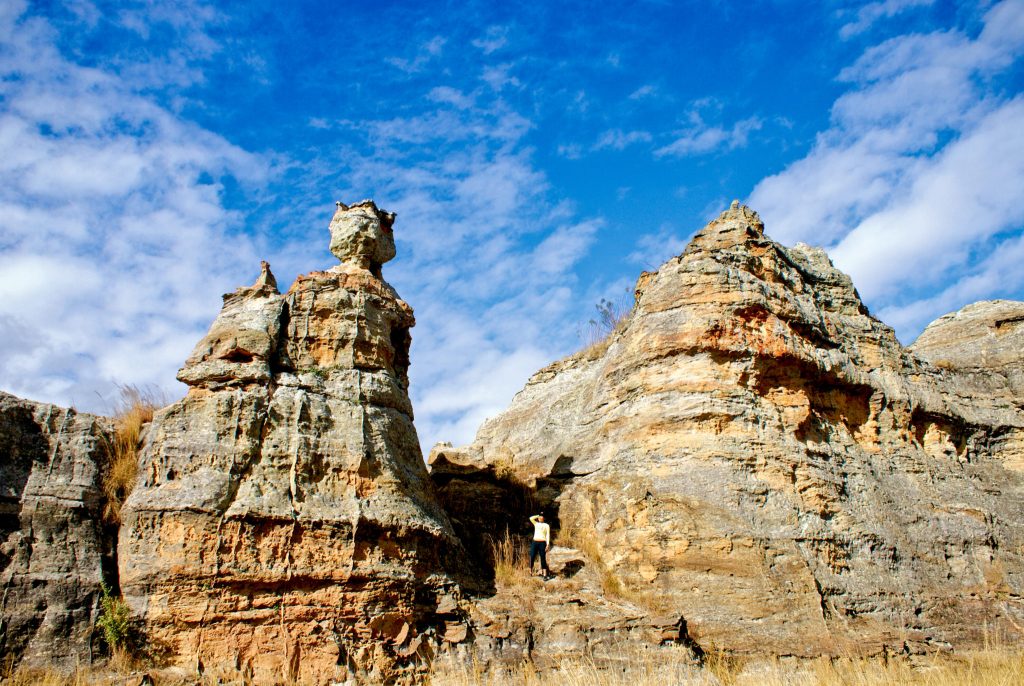
Day 11: Salary
- Activities: Whale watching (seasonal), hiking through the surrounding baobab forests, canoe trip to explore the daily life of the Vezo people
- Lodging: Salary Bay (half-board)
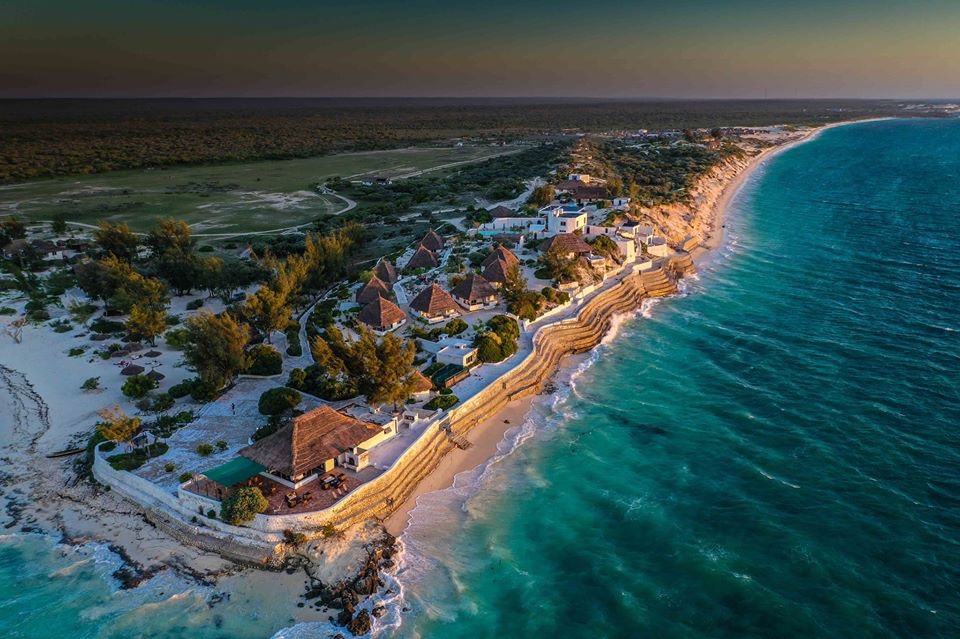
Day 12: Salary – Andavadoaka
- Distance: 65 km
- Description: Andavadoaka is a charming coastal fishing village. Its name means “pierced rock,” referring to the unique rock formation visible offshore. After following an almost continuous coral barrier for over 250 km, the landscape transitions into small islands. This shift creates a particularly rich marine biodiversity, surpassing that of other reefs.
- Activities: Water activities
- Lodging: Manga Hotel (half-board)
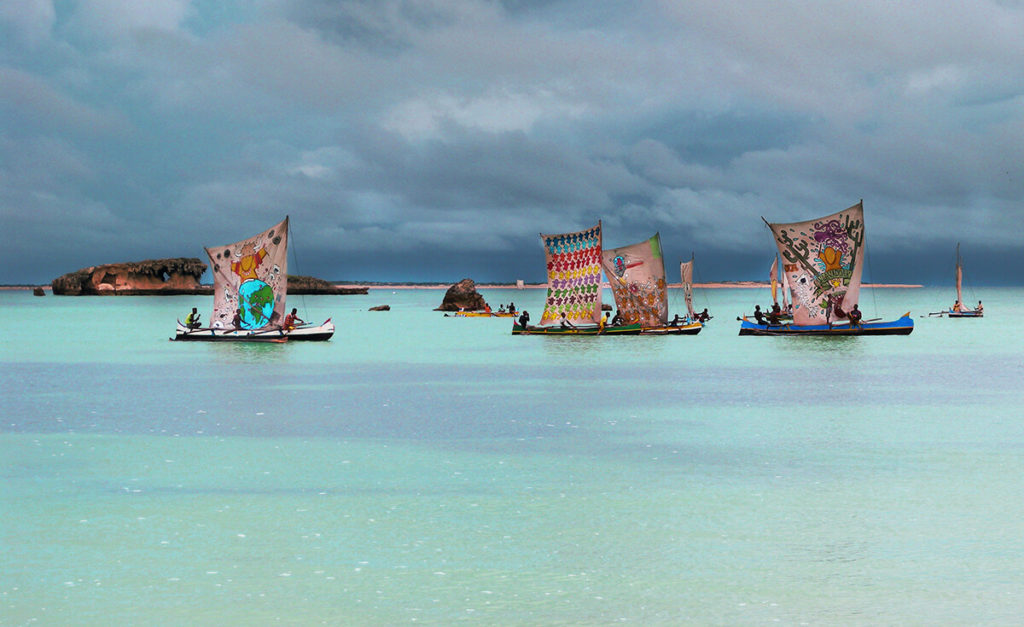
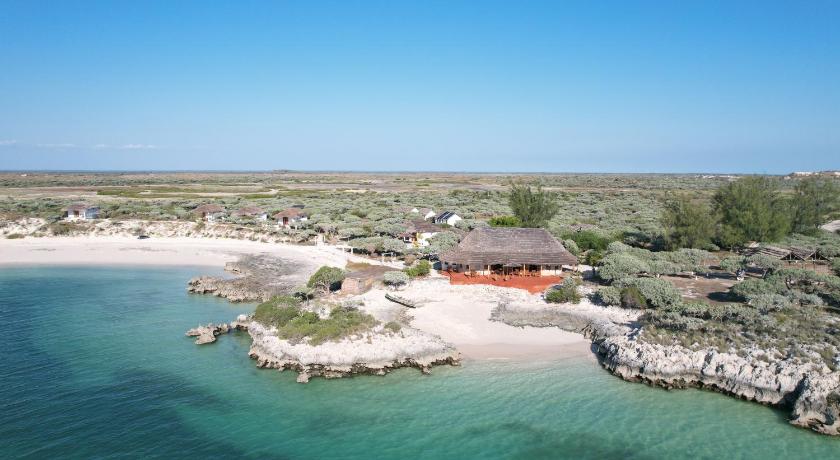
Day 13: Andavadoaka
- Activities: Snorkeling
- Lodging: Manga Hotel (half-board)
Day 14: Andavadoaka – Manja
- Distance: 210 km
- Description: Manja is a small town in southwestern Madagascar, located in the Haute-Matsiatra region. It serves as a gateway for exploring the southern part of the island and is close to several natural attractions, including savanna landscapes and nature reserves. The region is also known for its vibrant local culture and unique traditions.
- Activities: Meeting the local population / Visiting other small villages in the Manja region
- Lodging: Hôtel Kanto (half-board)
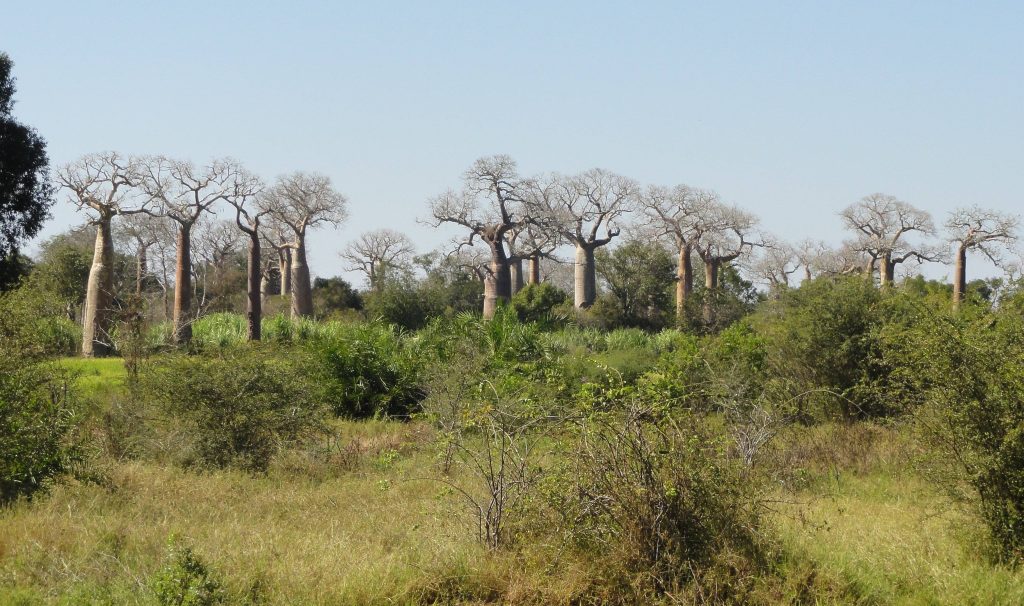
Day 15: Manja – Morondava
- Distance: 180 km
- Description: Morondava, located at the entrance of the Avenue of the Baobabs and the historical capital of the Menabe kingdom, offers breathtaking landscapes. The harmony between the sea and the red-toned land creates a stunning setting. As a starting point for many tourist excursions, Morondava is perfect for families and friends alike. It combines the vibrancy of its city center with the tranquility of the surrounding countryside, making it an especially appealing destination.
- Activities: Relaxing at the beach / Sunset at the Avenue of the Baobabs
- Lodging: Kimony Resort (half-board)
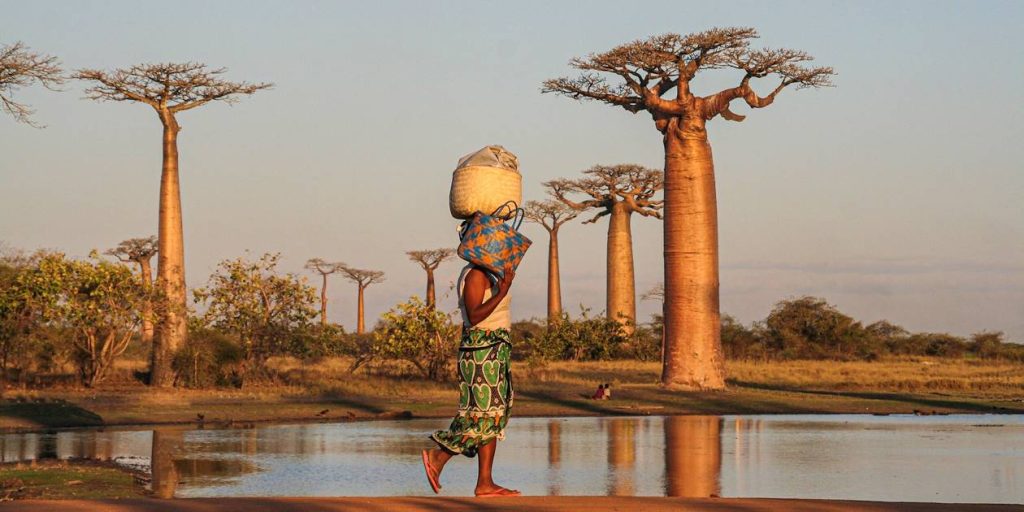
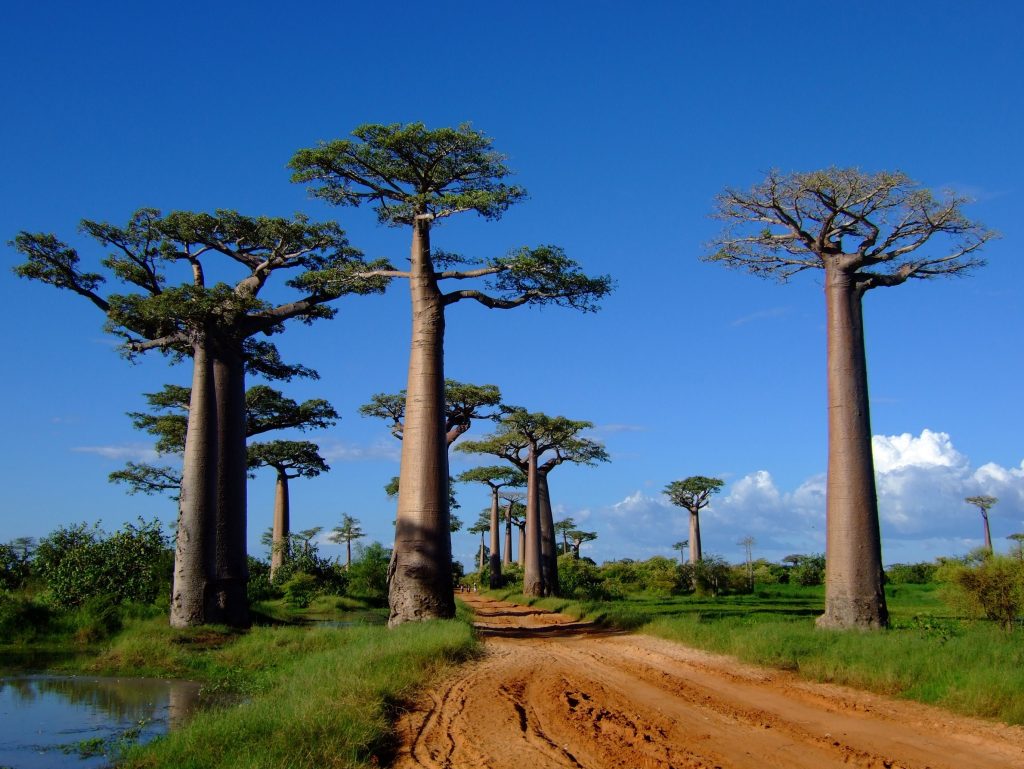
Day 16: Morondava – Bekopaka
- Distance: 210 km
- Description: Nestled in western Madagascar, Bekopaka lies along the Manombolo River. Surrounded by lush rice fields, cassava, and corn plantations, the town invites visitors to immerse themselves in the richness of the local culture. With its exceptional natural heritage, Bekopaka is an ideal location for long hikes and treks. The Tsingy of Bekopaka is a true natural wonder.
- Activities: Visit to the Small Tsingy of Bekopaka
- Lodging: Olympe de Bemaraha (half-board)
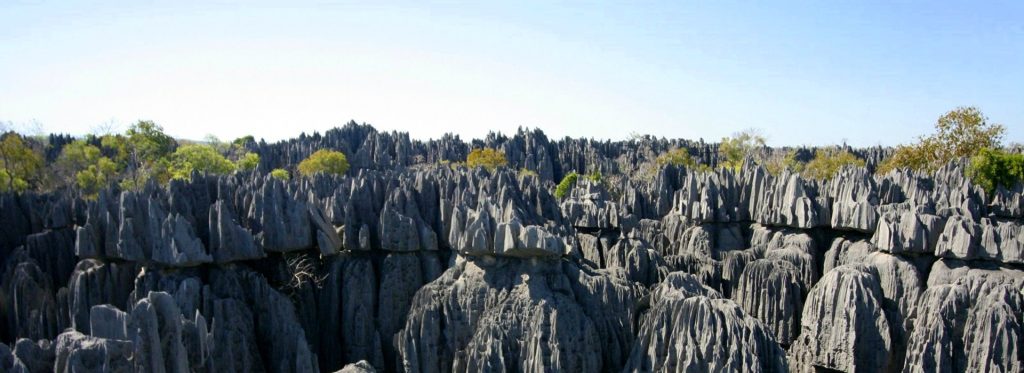
Day 17: Tsingy de Bemaraha
- Description: The Tsingy de Bemaraha National Park is a unique natural treasure. Its striking limestone formations, shaped into needle-like structures, create breathtaking landscapes while serving as a habitat for numerous endemic species. The park boasts exceptional biodiversity, featuring plants and animals found nowhere else on Earth. As a UNESCO World Heritage site, it plays a crucial role in preserving Madagascar’s delicate ecosystems. Additionally, it offers ecotourism opportunities that raise awareness about the importance of protecting these fragile environments. This is a must-visit destination for nature lovers and adventure seekers.
- Activities: Visit to the Grand Tsingy
- Lodging: Olympe de Bemaraha (half-board)
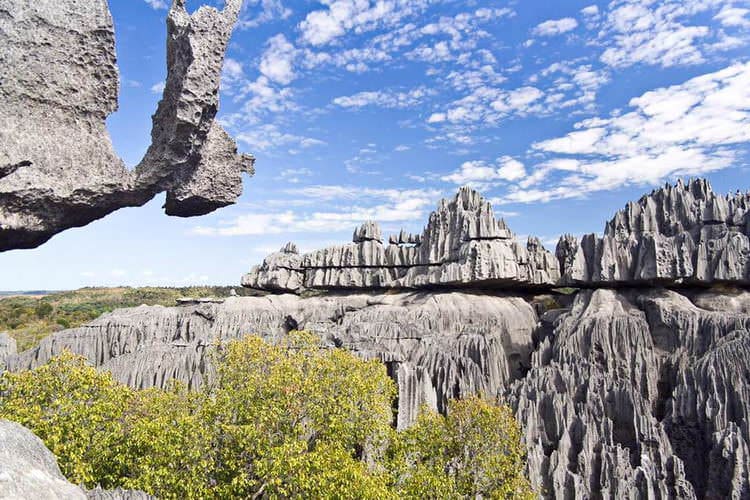
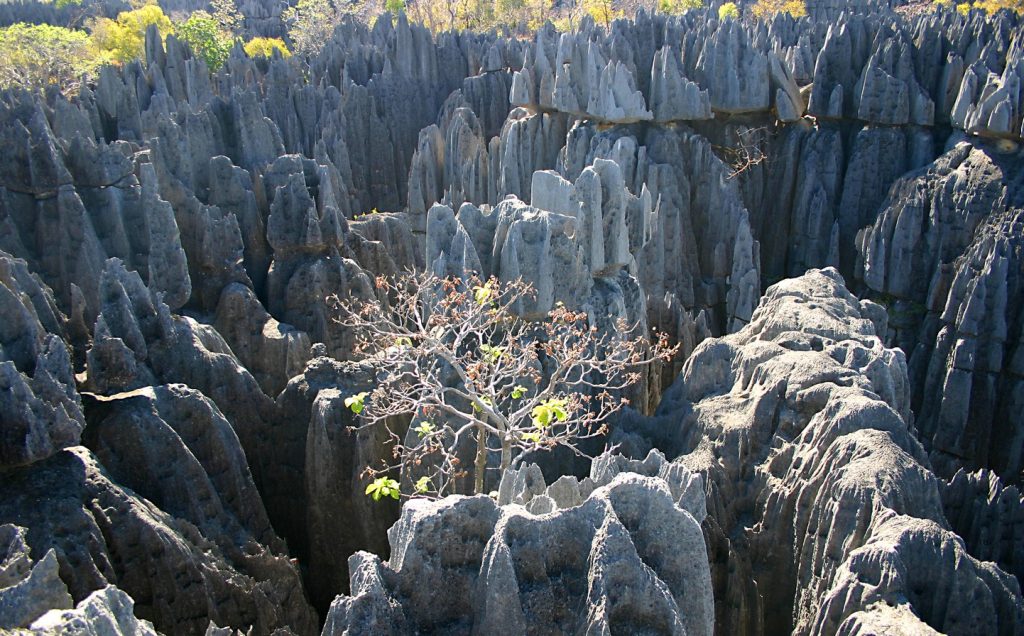

Day 18: Bekopaka – Morondava: Avenue of the Baobabs at Sunset
- Route: Return journey along the track to reach Belo Tsiribihina and Morondava
- Distance: 210 km
- Activities: Enjoy the breathtaking sunset at the iconic Avenue of the Baobabs
- Lodging: Kimony Resort (half-board)
Day 19: Morondava – Antsirabe
- Distance: 490 km
- Description: Also known as the “City of Water,” Antsirabe is a charming thermal town surrounded by volcanic massifs, located 175 km south of Antananarivo. It is the third-largest city in Madagascar. With its fresh air and mild climate year-round, Antsirabe is the perfect destination for a family or friends’ getaway. A rickshaw city tour through its wide jacaranda-lined avenues offers a unique and picturesque experience.
- Lodging: Hôtel Le Trianon (half-board)
Day 20: Antsirabe – Antananarivo
- Distance: 170 km
- Description: Return to the capital, Antananarivo, through the rolling landscapes of Madagascar’s Highlands. Along the way, there may be stops to discover local craftsmanship, particularly in Ambatolampy, known for its aluminum pot-making workshops.
- Activities: City tour of Antananarivo depending on the arrival time, visit to the handicraft market.
- End of the tour.
